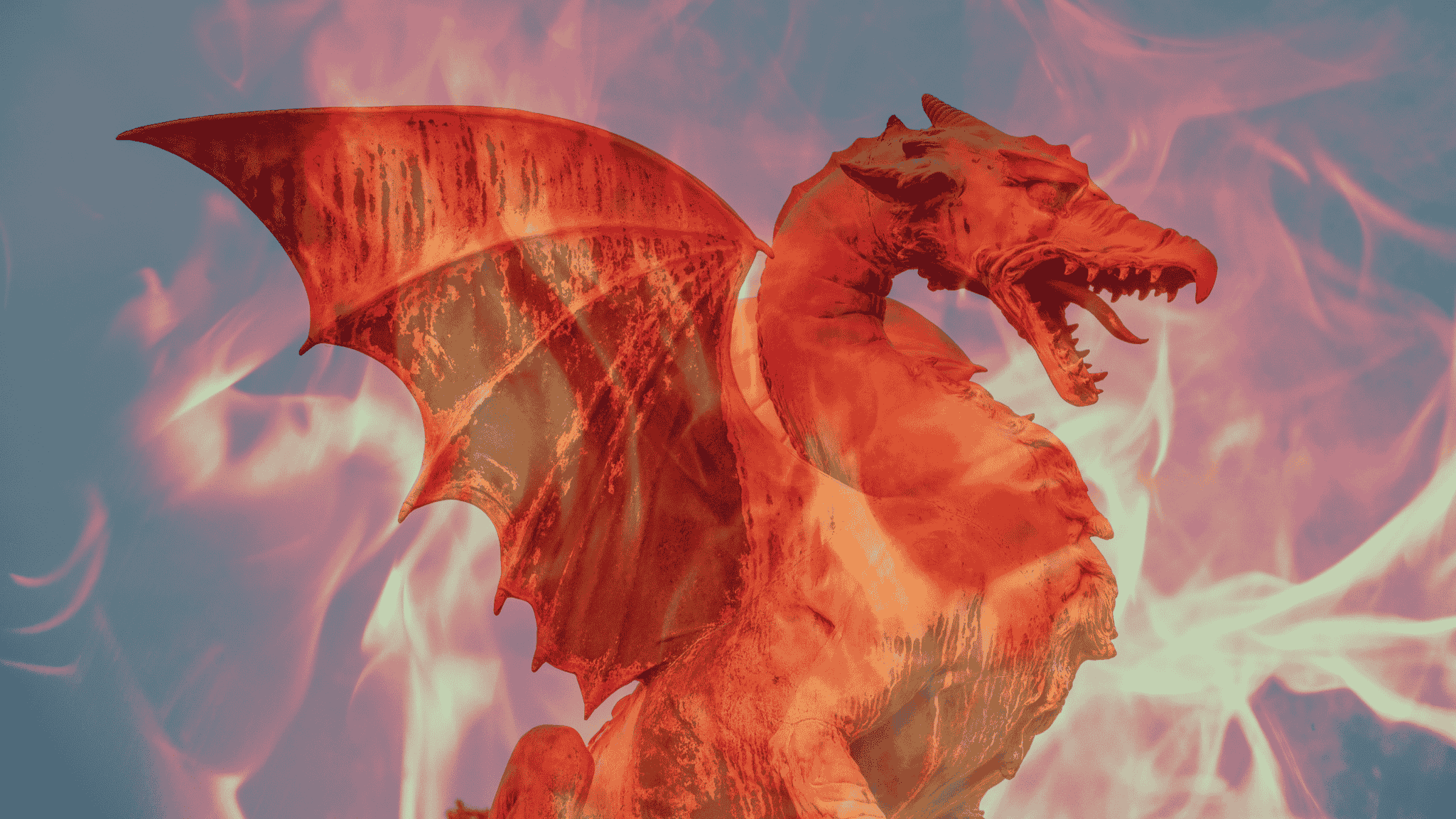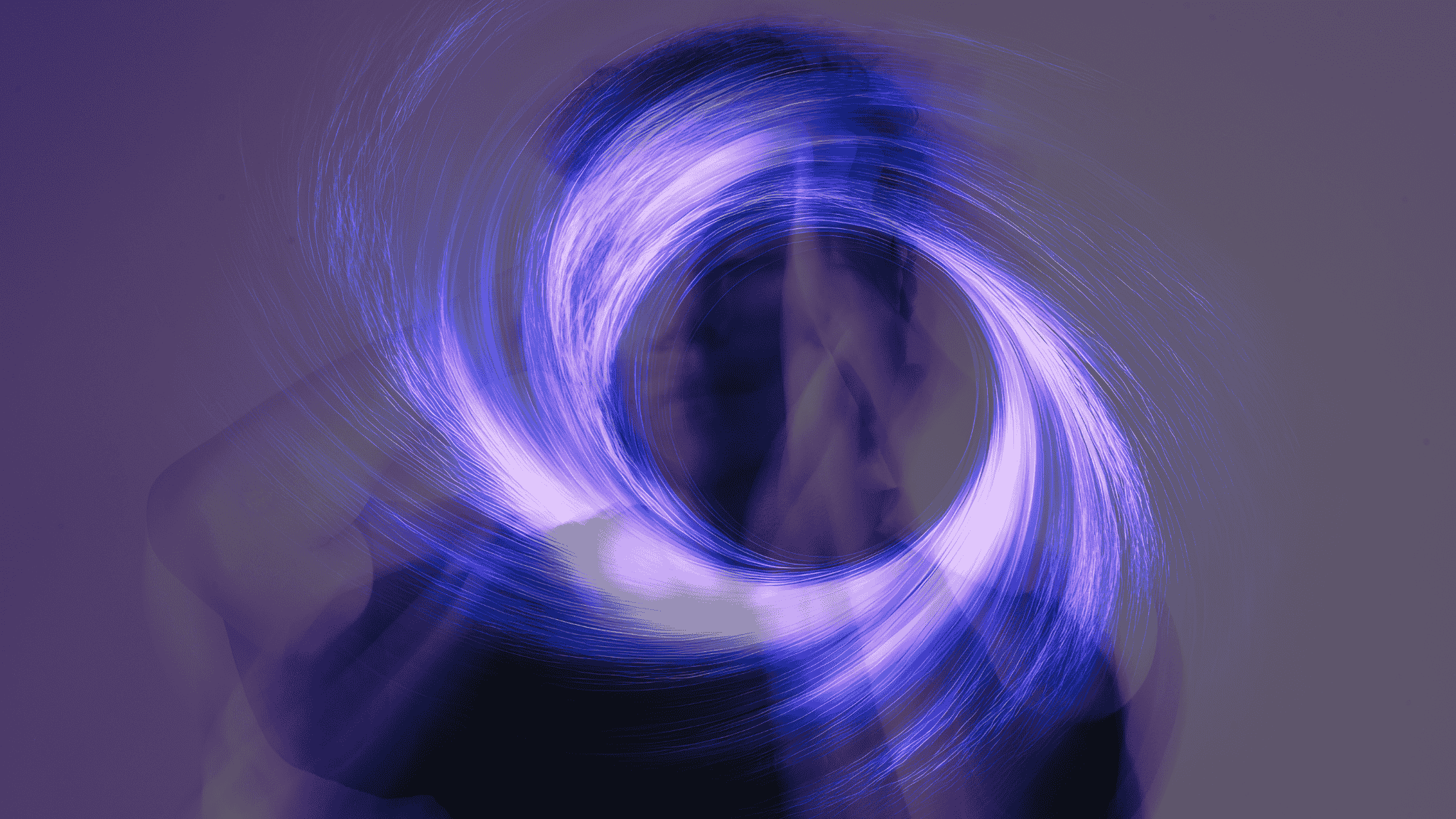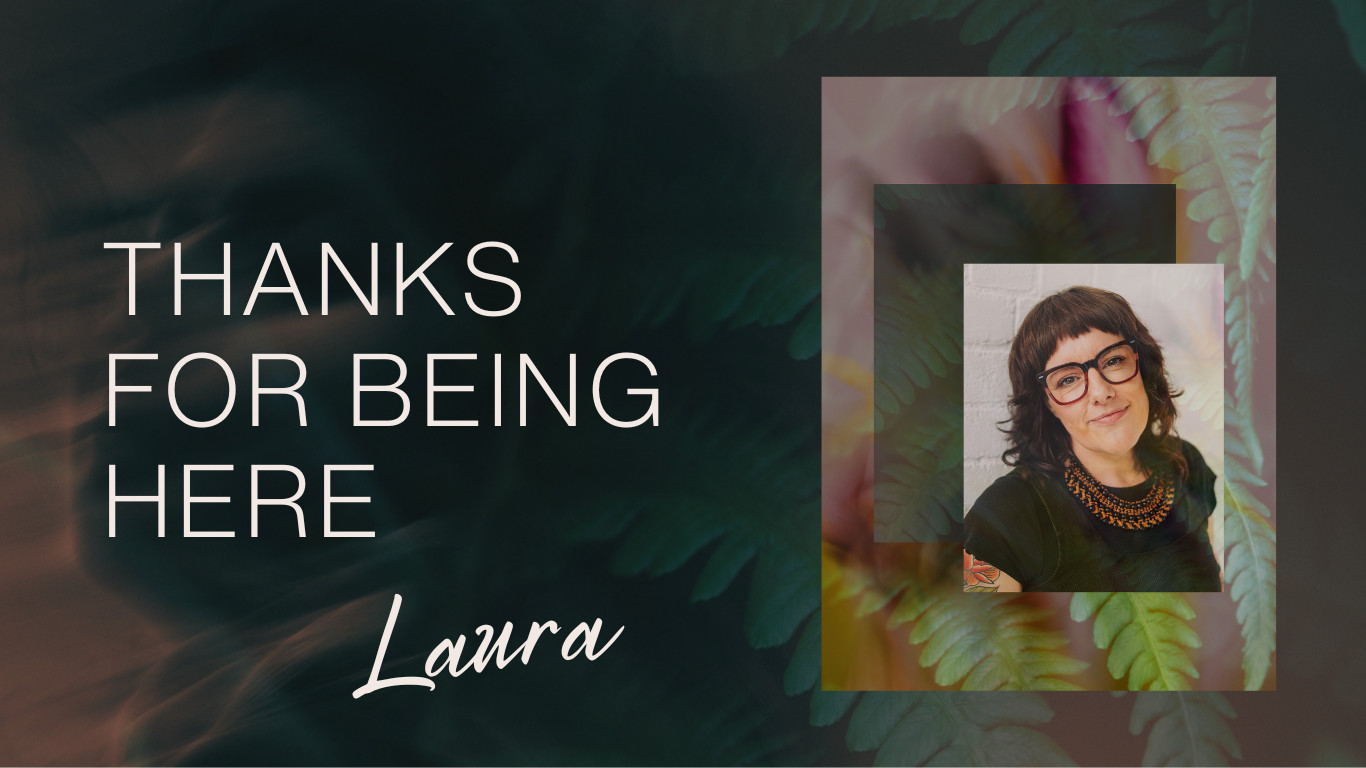Working With Archetypes: A Somatic, Embodied Approach
Embodied Archetypes: Uniting Myth, the Body and the Unconscious
We all love a good story. Whether that’s an epic tale that transports us into another world, or a fairytale that inspires our imagination, stories invite us to connect with experiences outside of our own. They often also reflect something back to us that can reshape our sense of who we are. Within every story that exists, you’ll find archetypes; patterns that are thought to live within the human psyche, that shape how we understand ourselves and the world around us.
If you’re new here I’m Laura, a counsellor, ecotherapist, and a somatic trauma therapist. My offerings are all about supporting you to connect with yourself and the world around you. I work with archetypes in both my therapy practice and my Sacred Somatic Journeys series, which are audio guided practices that invite you to explore archetypal themes, ritual practice and nature connection, through attunement to the body.
Archetypal understanding acts as bridges between our conscious and unconscious minds. Carl Jung, a psychologist, psychiatrist and the founder of analytical psychology believed that each of us connects with and expresses these mythic patterns in our own unique way, shaped by culture, community, and personal experience. From Jung’s psychological understanding, to the archetypal figures woven through myth, folklore and nature’s cycles. These universal patterns can offer a framework to make sense of ourselves and the world around us, allow us to make sense of our experiences and connect us to our shadow selves.
Keep reading to find out more about archetypes, including:
A break down of an archetype and its themes
Psychology and Jung’s 12 core representations
A spiritual and mythological perspective
An embodied archetypal practice for you to try
Exploring an archetypal pattern: The Dragon
Archetypal symbols have found their way into all kinds of places. From brand archetypes that inform advertising agencies across the globe to the Myers–Briggs Type Indicator (MBTI) and other self-awareness archetypes quizzes that you’ll find all over the internet. As an aside, if you’re late realised and/or diagnosed neurodivergent (like me!), those quizzes might have told you that you were an introvert when you were actually autistic. This shows us that this work should always be informed by our own self understanding, rather than taken as absolute truth.
So what is an example? Let’s look at the dragon. As an archetypal idea, dragons appear in myths, legends and folklore across the globe.
In Europe, dragons are largely seen as evil. In the UK’s most well known dragon myth, St. George slays a dragon and saves a princess. As well as the thematic energies of the dragon itself, which could include chaos, evil and unconscious forces, the story is also full of symbolism that can be viewed through an archetypal lens:
St George is the archetypal Protagonist, representing courage, and the conscious self confronting the shadow.
The Princess is the archetypal Innocent, representing potential, and a return to wholeness after fear.
The two examples above are based on Jung’s work, but we can also view aspects of the story through a wider symbolic lens:
The Kingdom: representing the world in disorder and the psyche seeking harmony.
Divine Guidance: representing spiritual support and faith to guide transformation.
In the East Asian understanding of dragons, they’re viewed very differently. In China, Japan and Korea, for example, they are benevolent and celestial beings.
In the Chinese zodiac, those born in The Year of the Dragon are confident, generous, idealistic, and ambitious. More broadly, Chinese dragons bring abundance and longevity and are celebrated in customs like dragon dances to invite prosperity.
Different cultures in different parts of the world have connected with concept of a dragon, a mythical creature that only exists in our collective unconscious. Each culture has then interpreted and framed the idea of a dragon through their own lens, which is informed by culture and perspective. I personally think that is pretty amazing!
The Psychological Lens: Jung and the Inner Landscape
In modern psychology, our understanding of archetypal symbols is rooted in the work of Carl Jung. Jung proposed that they exist within the collective unconscious; a shared layer of the psyche that holds universal patterns and symbols that are found across cultures and throughout history. Jung believed that each archetype is a deeply held patterns that influence how we dream, imagine and tell our stories, rather than a fixed idea that lives in the mind.
I’ve shared a short overview of the patterns that Jung identified below. I’ll talk more about what it means to have light and dark aspects in the next section.
The Innocent / Child
Light: Optimism, trust, wonder, and faith in life; openness to new experiences.
Dark: Naivety, denial of reality, passivity, or dependency; avoidance of responsibility.
The Orphan / Everyperson
Light: Empathy, realism, humility, and connection to others; inclusivity.
Dark: Victimhood, cynicism, resignation, or loss of personal agency; feeling powerless.
The Hero / Heroine / Protagonist
Light: Courage, discipline, determination, and the drive to overcome challenges.
Dark: Arrogance, ruthlessness, aggression, or a need to prove worth through struggle.
The Caregiver / Nurturer
Light: Compassion, support, protection, and selfless service to others.
Dark: Over-sacrificing, controlling, smothering, or neglecting own needs; enabling dependence.
The Explorer / Seeker
Light: Curiosity, independence, adventure, and personal growth.
Dark: Restlessness, aimlessness, fear of commitment, or running from self and responsibility.
The Rebel / Outlaw
Light: Change-making, challenging injustice, breaking old patterns, courage to speak truth.
Dark: Destructiveness, chaos, lawlessness, or rebellion without purpose; alienation.
The Lover
Light: Passion, intimacy, connection, devotion, and appreciation of beauty.
Dark: Dependency, obsession, possessiveness, or losing self in others; over-attachment.
The Creator / Artist
Light: Imagination, innovation, self-expression, and manifesting new ideas into reality.
Dark: Perfectionism, frustration, procrastination, or creative block; attachment to outcomes.
The Jester / Trickster
Light: Playfulness, humor, joy, and the ability to lighten heavy situations.
Dark: Irresponsibility, cynicism, mockery, or avoidance of serious matters; mischief at others’ expense.
The Sage
Light: Wisdom, insight, reflection, and guidance; discernment and understanding.
Dark: Arrogance, over-intellectualization, detachment from reality, or using knowledge to manipulate.
The Magician / Visionary
Light: Transformation, intuition, insight, and manifesting change; seeing potential in life.
Dark: Manipulation, illusion, obsession with power or control, or avoidance of practical reality.
The Ruler / Sovereign
Light: Leadership, responsibility, order, structure, and stewardship for others.
Dark: Tyranny, domination, inflexibility, or fear of losing control; obsession with status.
From a psychological perspective, exploring archetypes can help bring hidden patterns into awareness, supporting what Jung called individuation, the lifelong process of becoming more whole and authentic. Through dreamwork, active imagination and reflection, each archetype can be a tool for understanding the deeper stories at play in our lives. While these ideas are foundational in Jungian psychology, in contemporary psychological science they are understood more as symbolic frameworks than as evidenced concepts.
Light and Dark Aspects
Every archetype has two duel aspects; light and integrated, or dark and unintegrated. Both are part of its full expression. The light aspect shows the integrated qualities; the aspects that support growth, connection, and wellbeing. The dark aspect often emerges when patterns are outside of our awareness, or denied and pushed away.
You’ve probably come across the term ‘shadow work’. The Shadow, as defined by Jung, is an aspect of the psyche that contains the parts of ourselves we deny or repress. To integrate an aspect of an archetype, or any other aspect of our psyche, means consciously recognising it, not repressing or denying it, and having an awareness of its patterns.
The aspects of ourselves that exist in our shadows aren’t inherently bad. The shadow contains hidden strengths that we might reject or repress, as well as the aspects of our Self that are challenging, difficult or that don’t serve us.
We can look at The Caregiver (or The Mother in more traditional terms) archetype as an example of this. In The Caregiver, integrated aspects might include steady care, emotional availability, healthy boundaries and a capacity to nurture without losing oneself. The light aspect offers resource and resilience, reminding us of what it feels like to be held, supported and guided.
Unintegrated aspects might include overbearing or controlling behaviour, over functioning, people pleasing or self-sacrificing martyrdom. In the shadow aspect, this archetype might stifle independence, create dependency, or be emotionally unavailable, neglectful and absent. The dark aspect is not a failure; it is a signal that something in the pattern is asking for awareness or healing.
We can do this by turning toward the archetype with curiosity rather than judgement. When we notice ourselves slipping into the shadow aspects of any archetype, we have an opportunity for self-compassion and understanding. We can ask ourselves:
Where did I learn this pattern?
What am I afraid will happen if I stop enacting the pattern?
What part of me is seeking safety, love, or recognition through this behaviour?
What do different parts, especially younger parts, of me need right now?
Somatic and embodiment work can really support us in this, as it gives as an opportunity to create space from our patterned, automatic responses. As I share in this post, when the amygdala, the part of the brain that processes fear or threat, and that drives our patterned responses, is running the show, the part of the brain responsible for rational thinking (the prefrontal cortex) takes a backseat. Before trying to "think differently," it’s important to soothe ourselves and our nervous systems.
Integration is not about eliminating the shadow or striving for a flawless expression of any given archetype. It is about honouring the gifts and the wounds it carries, and creating a space for awareness and self compassion.
The Archetypal Spiritual Lens
In spirituality, archetypal patterns take on divine and mythological forms. They are the gods, goddesses, heroes and spirits that express the sacred patterns of existence. Within Celtic Paganism, for example, they emerge through the Wheel of the Year, through deities and through nature itself. Through a spiritual lens, this might also be viewed can as energetic qualities or spiritual meaning. Here are some examples:
The Oak: This tree’s spiritual, energetic and archetypal qualities are endurance, truth and strength. The Oak was a holy tree to the Druids, who worshiped in groves of trees. In many mythological traditions, the Oak is seen as a Tree of Life, its roots reaching into the underworld and its branches stretching toward the sky, symbolising a connection between realms.
The Heron: This bird’s spiritual, energetic, and archetypal qualities are patience, wisdom, and intuition. The Heron is regarded as a sacred messenger in many traditions, often associated with liminal spaces such as the edges of rivers and wetlands. In many mythological and symbolic traditions, the Heron is seen as a guide between worlds, moving gracefully between water and air, symbolising a bridge between the conscious and the unconscious, the earthly and the spiritual.
The Seasons: In The Wheel of The Year, the cyclical calendar that mirrors the natural rhythms of the sun, the cycles of nature and agriculture, each season has different spiritual and archetypal qualities:
Spring is associated with the direction of The East and the element of air, representing the mind, vibration, communication and connection. Spring festivals include Beltane which connects to the archetype of The Lover. The Lover’s archetypal qualities are passion, creativity and union.
Summer is associated with the direction of The South and the element of fire, representing vitality, energy, transformation, and action. Summer festivals include Lughnasadh, where we can view the bread that we have created with the fruits as the harvest as an archetype. Breaking bread honours the moment where cultivation and effort becomes sustenance for ourselves and our community. Archetypal qualities include surrender, receiving and community.
Autumn is associated with the direction of The West and the element of water, representing reflection, emotion, and the cycles of letting go and transformation. Autumn festivals include Samhain, which connects to the archetype of The Crone or the Sage. Archetypal qualities include wisdom, endings, and surrendering to change.
Winter is associated with the direction of The North and the element of earth, representing grounding, introspection, stability, and endurance. Winter festivals include Imbolc, which acknowledges that Spring will soon return. This connects to the archetype of The Maiden or Initiate and archetypal qualities of renewal, potential, and the spark of new beginnings after the darkness.
Goddesses like Brigid and the Cailleach: Both of these goddesses embody the spiritual, energetic, and archetypal qualities of transformation, wisdom, and cyclical power. Brigid, from Ireland, is associated with creativity, inspiration, and the nurturing spark of life, while the Cailleach, from Scotland, represents endings, wisdom, and the strength found in rest and renewal. While they come from different regions and traditions, their energies can be seen as complementary forces of the seasonal cycles, guiding us through cycles of life, death and rebirth.
Working with these patterns can add depth and meaning to personal rituals, meditation, and seasonal practice. To experience how this can be supported somatically, I’ve included a section of an embodiment practice from my Sacred Somatic Journeys series, at the end of this post. The practice explores Persephone’s story somatically and you’ll find more information below.
Archetypal Integration as a Framework for Healing and Growth
Whether viewed psychologically, spiritually, or both, archetypes can offer a really supportive framework for self-understanding and growth. They can help us to map our inner world using symbols, stories and myths that transcend the language and logic of the thinking brain. When we create a space to explore our core patterns differently, this can facilitate shadow work, allow us to safely connect with repressed aspects of ourselves and support trauma healing by reframing personal stories.
Outside of the ways I’ve talked about above, you can work with archetypal patterns from almost anything you can think of; films, books, oracle cards, or stories from your own life. Even landscapes, colours, personal possessions, or objects that hold particular meaning for you can be viewed as archetypal mirrors, inviting reflection, insight, and connection.
While reflecting on the archetypal energies that might be present for you is great, this work can be much than an intellectual exercise. Exploring themes somatically, through movement, embodiment practices, ritual and nature connection can support us to integrate lessons and access insight that might not be reached through thought alone. To experience this for yourself, you are welcome to explore the practice below. You might want to check out my Sacred Somatic Journeys, a series of audio-guided embodiment journeys, exploring embodied ritual, archetypes and nature based practices. Find the full collection here.
Thank you for being here. I’d love to hear about your journey with archetypal energies! Please do drop me a message, if you feel called, to let me know how this work unfolds for you.





